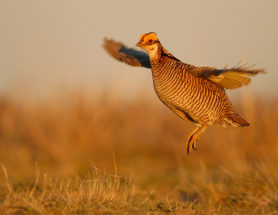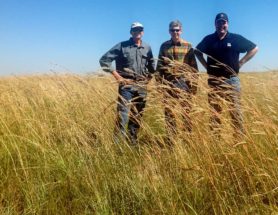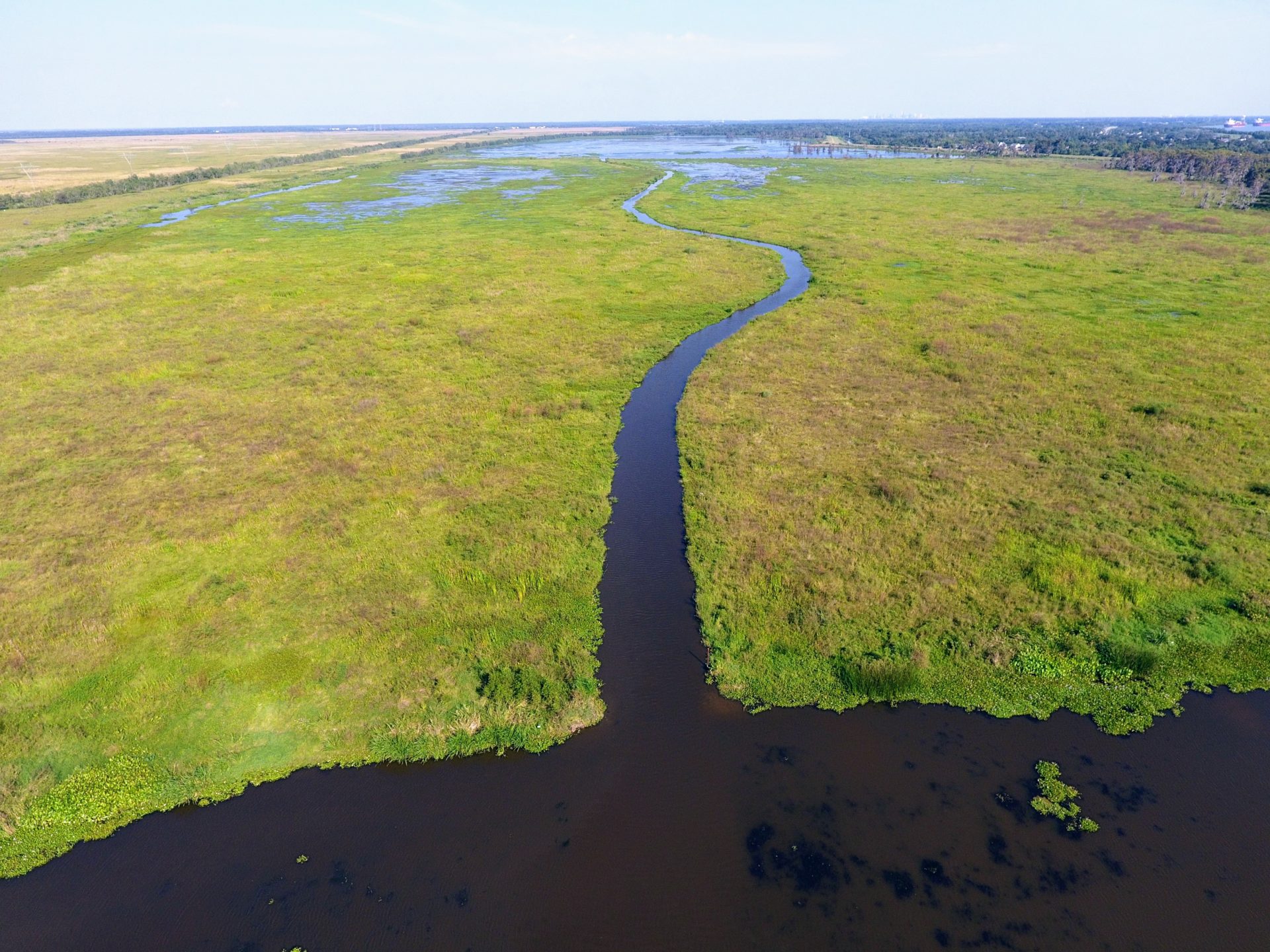Our Solutions
The five business concentrations of RS
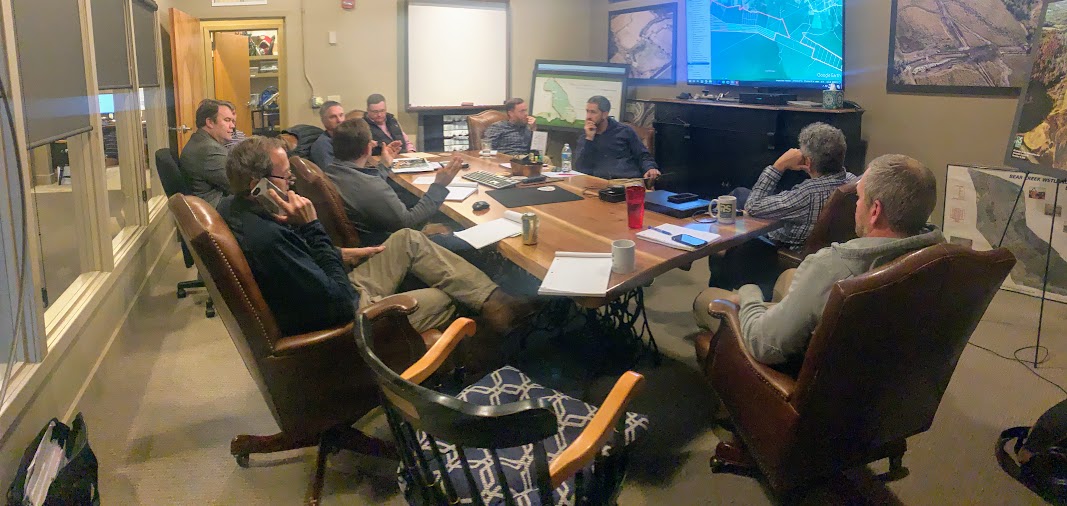
Streams and Wetlands
North Carolina is the undisputed champ of high-quality wetland and stream mitigation. Our home state operates the most active ecosystem restoration market on the planet. As a consequence of all this activity, RS has engaged in hundreds of beneficial land transactions with private property owners. We have come to know many hard working families very well and reversed or stabilized long standing land management problems such as erosion and land loss. We have installed dozens of alternative watering stations for cattle, fenced planted buffers throughout the state, and recontoured creeks through many miles of private farmland. Please know above all that we respect our landowners, consider them our partners, and make ourselves available to them 24/7 to discuss any aspect of the project before or long after implementation. For a detailed description of how you could improve your property, and be well paid for doing so, please see our Landowner Information page.
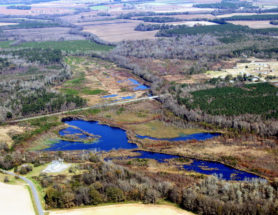
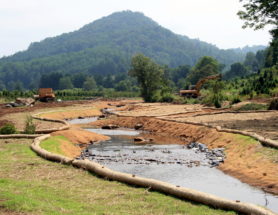
“Alliance Headwaters: Last summer, I was approached by a gentleman named Raymond Holz, informing me that the company he worked for would be doing a good bit of work around my property to restore the streams and wetlands that were long ago ditch, drained, and straightened for row crop production. At first, I was hesitant and had so many questions, not knowing what was going to be involved with the process, but Raymond and his team at RS were absolutely wonderful. They went above and beyond with their communication during the entire process. They were accommodating and an honest joy to work with. Raymond always answered any questions or concerns I had in a timely manner, and he was very kind and professional. I would also like to add that after they completed their work, my property has stopped flooding altogether. They have completely restored the surrounding area back to a well balanced habitat.”
Cassie Parks, Four Oaks, NC
Water Quality
Our work to develop off-site water quality credits has set the pace for the rest of the country. RS has sponsored eight water quality banks, including the Lane and Wellons banks, the first in the Neuse River basin and the United States, and Cranston’s Mill Pond, the first and largest credit facility in the Chesapeake Bay watershed. RS hired Jeff Corbin and Barrett Jenkins in 2016 and increased our capability to provide the policy and practical resources necessary to address this nacient but hugely promising market. Jeff formerly served as Chesapeake Bay “Czar,” reporting directly to former EPA Administrator Lisa Jackson. Barrett returned to RS after previously working for the firm from 2005 – 2009 and becoming a Certified Public Accountant with EY LLP. Water quality credits are the single greatest growth area in compensatory mitigation, and we plan to stay in the lead. Call Barrett or Jeff if you would like to discuss solutions to your permitting challenge, or need assistance designing a banking system for water quality.
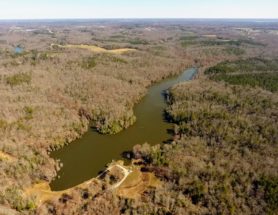
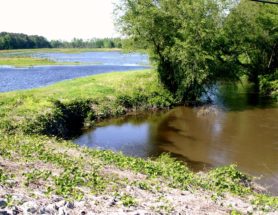
Living Shorelines
RS’ living shoreline division, Native Shorelines, provides a 21st century approach to protecting North Carolina’s coast. Living Shorelines are an environmentally superior and more durable alternative to hardened bulkheads and seawalls. Hardened structures have failed for years to protect our homes and businesses from storms. Living shorelines are built from natural materials, integrate with the landscape, and will survive even the hardest blow. The Native Shorelines team is the leader in living shoreline design, permitting, and installation in North Carolina with over 18,000 linear feet of shoreline construction completed.
Introduced in 2021, our proprietary patent-pending QuickReef™ living shoreline system combines the aesthetics and ecological benefits of an oyster shell bag shoreline with the stability of heavier materials and eliminates the use of plastic. Because of its effectiveness in shallow waters and immediate resemblance to natural shorelines, QuickReef™is unmatched among living shoreline options on the market today. It is the ideal living shoreline structure for saltwater, brackish, and freshwater properties. To learn more and inquire with Mary-Margaret McKinney about improving your coastal landscape, please visit Native Shorelines.
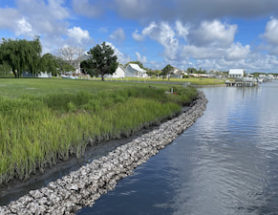
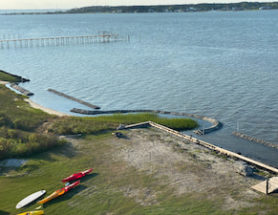
Dam Removal
Professionals at RS have removed more than 40 dams, and the company itself has removed three large river dams as mitigation projects. The Carbonton, Lowell and Milburnie Dam removals were recognized nationwide as extraordinary achievements in large-scale river improvement. For more than 50 miles the Neuse, Deep and Little River flow freely for the first time in centuries. Migratory fish such as Shad and Stripped Bass are able to spawn upstream of the dams on their return each spring from the sea. Recognizing the permitting challenges RS faced at the Milburnie removal on the Neuse River, the Army Corps and EPA issued new national measures to streamline the dam removal process. RS is the clear leader in this field, and prepared to evaluate your dam for mitigation potential, or engage in a design-build effort to remove or improve it. Call Wes Newell for a free consultation.
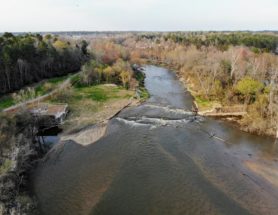
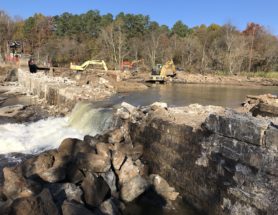
Species Mitigation
In 2014, RS purchased 1/2 interest in Common Ground Capital and engaged in a long-time partnership Wayne Walker of Oklahoma City. Together we supplied critical offsets to the KeyStone XL pipeline for impacts to the American Burying Beetle in eastern Oklahoma. In 2019 we assisted in the permitting of the Sagamore Wind Project in Roosevelt County, New Mexico with credits from our Tomahawk mitigation facility for the Lesser Prairie Chicken, in West Texas. Common Ground also owns the Five-State Programmatic Lesser Prairie Chicken Bank which is composed of over 100,000 acres on four ranches in Kansas, Oklahoma, West Texas and New Mexico. These “strongholds” for the vanishing grouse are absolutely critical to this amazing animal’s survival. They will not breed if anything taller than their native grass is visible on the horizon. That means our ranch partners have preserved almost 200 square miles of the most beautiful untouched natural landscapes left in the Great Plains. If you have a large infrastructure challenge where we could assist in your species mitigation, please give Wayne Walker of Common Ground a call.
